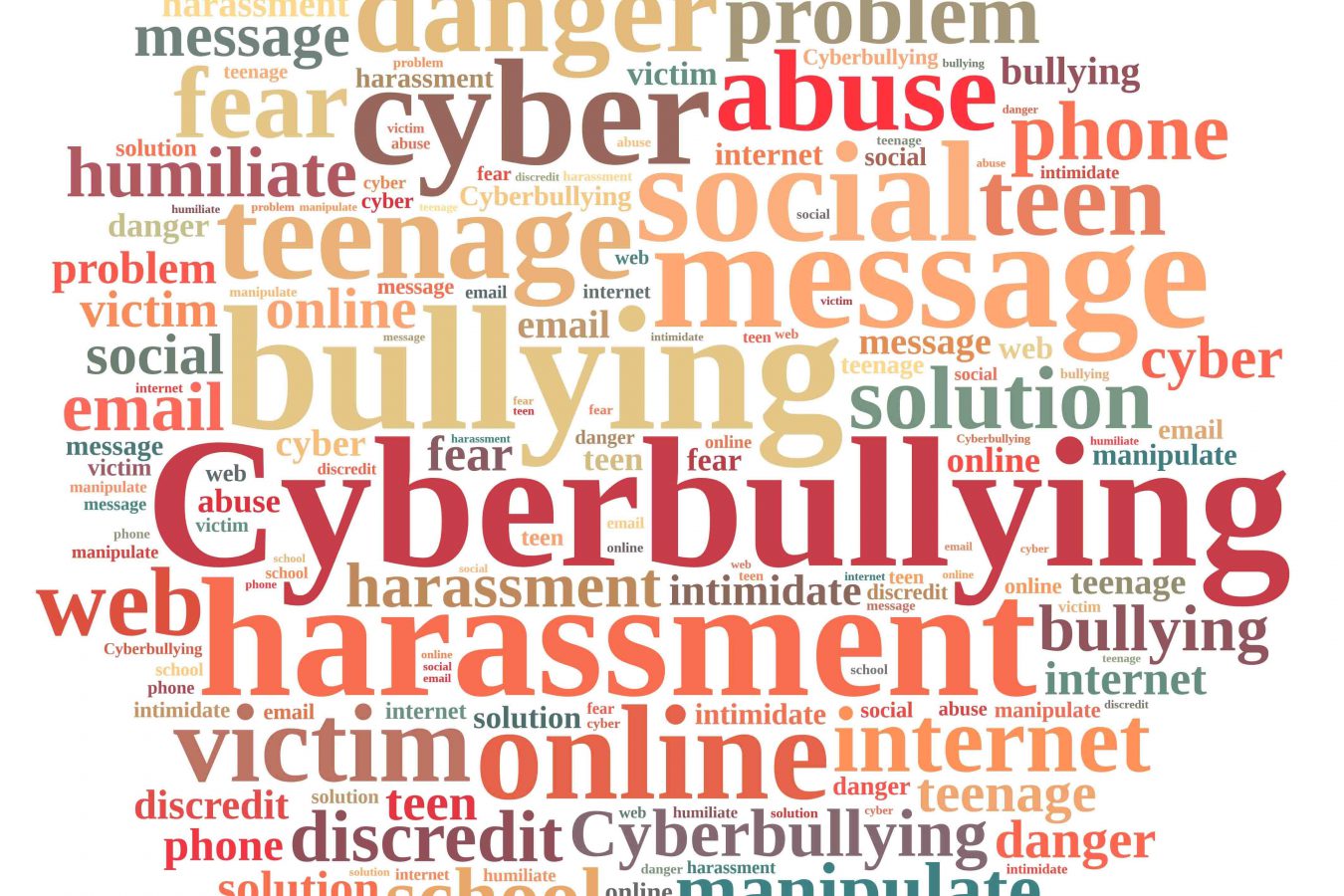
Independent Schools Victoria is encouraging schools to get involved in the National Day of Action against Bullying and Violence. In this post, eSafety Commissioner Julie Inman Grant details the work of her office to combat cyberbullying.
Cyberbullying is a serious and complex problem, and the consequences of this behaviour are often, sadly, felt well beyond just the perpetrator and the victim — impacting families, friends and local communities. Recent national interest in tackling this very issue is now reigniting an important debate.
Our research indicates that cyberbullying manifests itself in many forms. We know that approximately one in five Australian children are cyberbullied and that girls are victimised more often than boys. Acute cyberbullying is the primary reason why our Office was established in July 2015. A key function is to administer the cyberbullying complaint scheme, which was set up to help with the removal of cyberbullying material posted online. It is the only one of its kind in the world, and empowers our Office to move quickly.
To date, we have served as a safety net for almost 700 young Australians. We also work with parents, schools and, when necessary, law enforcement to get to the root of the problem, because we know that cyberbullying is often an extension of what’s happening within the school gate. Schools have told us that once our Office is involved, specific instances of cyberbullying affecting their students tend to decrease. We also work closely with social media sites to get the cyberbullying material taken down. Thus far, we’ve had a 100 per cent compliance rate and have not had to use our formal powers. And we are reaching out proactively to a broad range of online services and app providers to make sure that they’re in compliance with the scheme.
The eSafety Office has a broad range of discretionary powers and civil penalties under our Act, which enables us to take a range of enforcement actions against individual perpetrators or the sites themselves. This includes fines of up to $18,000 a day for tier 2 social media sites that do not comply with our take-down notices. We also have the power to issue an end-user notice to remove bullying material directed at a child. These are formidable tools we can use to compel a perpetrator to take serious cyberbullying down and apologise to the target but would always use with discretion, particularly when employed against another child.
These comprehensive powers give Australians a wide variety of effective and multilayered tools that can serve to alleviate the harms that a child experiences when being cyberbullied. Early intervention gives us the ability to do so before the harm escalates and the child feels there is no way out.
Education and awareness is a fundamental part of this approach. Our current programs include virtual classrooms for students, pre-service teacher training, professional development programs, and online resources and platforms for young people. Our research also tells us that young people are much less likely to use formal channels to seek support.
Only 50 per cent of young people turn to family members for assistance, around 13 per cent will involve their school and only 12 per cent report to a social media website. Fewer still, 2 per cent, report to the police. As a society, we need to help change this and understand what the barriers are to reporting for young people, and actively encourage them to do so. It also suggests that we need to look at peer-to-peer programs and support, knowing that young people won’t report to people of authority, to ensure that mates can protect mates when they see their friends in strife. The Office will soon be launching a peer empowerment program in Australian schools and will seek to expand if the pilot is successful.

The eSafety Office was established as the national coordinating body for online safety issues and stakeholder groups. Through this designated leadership role, the Office facilitates the Online Safety Consultative Working Group, and just last month, established the eSafety and Mental Health Steering Group, bringing together leading mental health and eSafety bodies. This group is developing a consistent messaging and research framework, as well as an incident response plan to ensure that the media, the government and relevant individuals have rapid access to best practice, evidence-based guidance. Together, we are also working to ensure ‘post-vention’ support to local families and communities devastated by the loss of a child and to help contain the risk of a ‘contagion threat’ that we believe teens can be vulnerable to when this type of tragic event is sensationalised.
Here at the eSafety Office, we truly believe the most effective measure to address cyberbullying is through prevention first, followed by early intervention enabled through reporting, and reinforced by education and harm minimisation before the escalation of conduct reaches a criminal level. Australians, and particularly young Australians, need tangible, rapid redress to help get the damaging content taken down and work to resolve the issues at their root causes, with the support of parents and the school. Criminal laws and sanctions have a place in our society, but these sanctions are applied retroactively — after the damage has been done. When dealing with children and young people, criminal law should only be used as a last resort, and for the most egregious offenders.
We need to look beyond legislation and focus on a consistent national approach that delivers the following: raising awareness of the services of the eSafety Office and other mental health organisations so that we can actually get more young people help by reporting to us. We are also working on the development of a robust safety-by-design framework that will provide guidance to industry to ensure that the design, content and functionality of online services places child safeguarding at its centre and drives consistency across platforms.
As recommended by the Royal Commission into Institutional Responses to Child Sexual Abuse, we need to embed consistent and comprehensive online safety and related education into schools across the states and territories and across the three sectors. I truly believe this is what will help shift the bullying culture and enable real behavioural change. We need consistent reinforcement of these messages throughout a child’s educational journey.
The National Day of Action against Bullying and Violence on Friday 16 March 2018 is a great opportunity for Australian schools and communities to come together and highlight their everyday work to counter bullying and violence, share their big ideas and action the aspirational goal of a world free from bullying.
In support of #NDA2018, we will be running a series of free Virtual Classrooms that aim to empower primary school students to adopt practical strategies on preventing, managing, and reporting cyberbullying and harassment online.
We thank the Office of the eSafety Commissioner for allowing us to share this blog, which first appeared on Office’s website. You can read the original here.
Like this post? Please share using the buttons located on this page.


